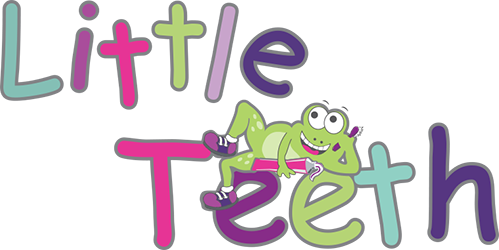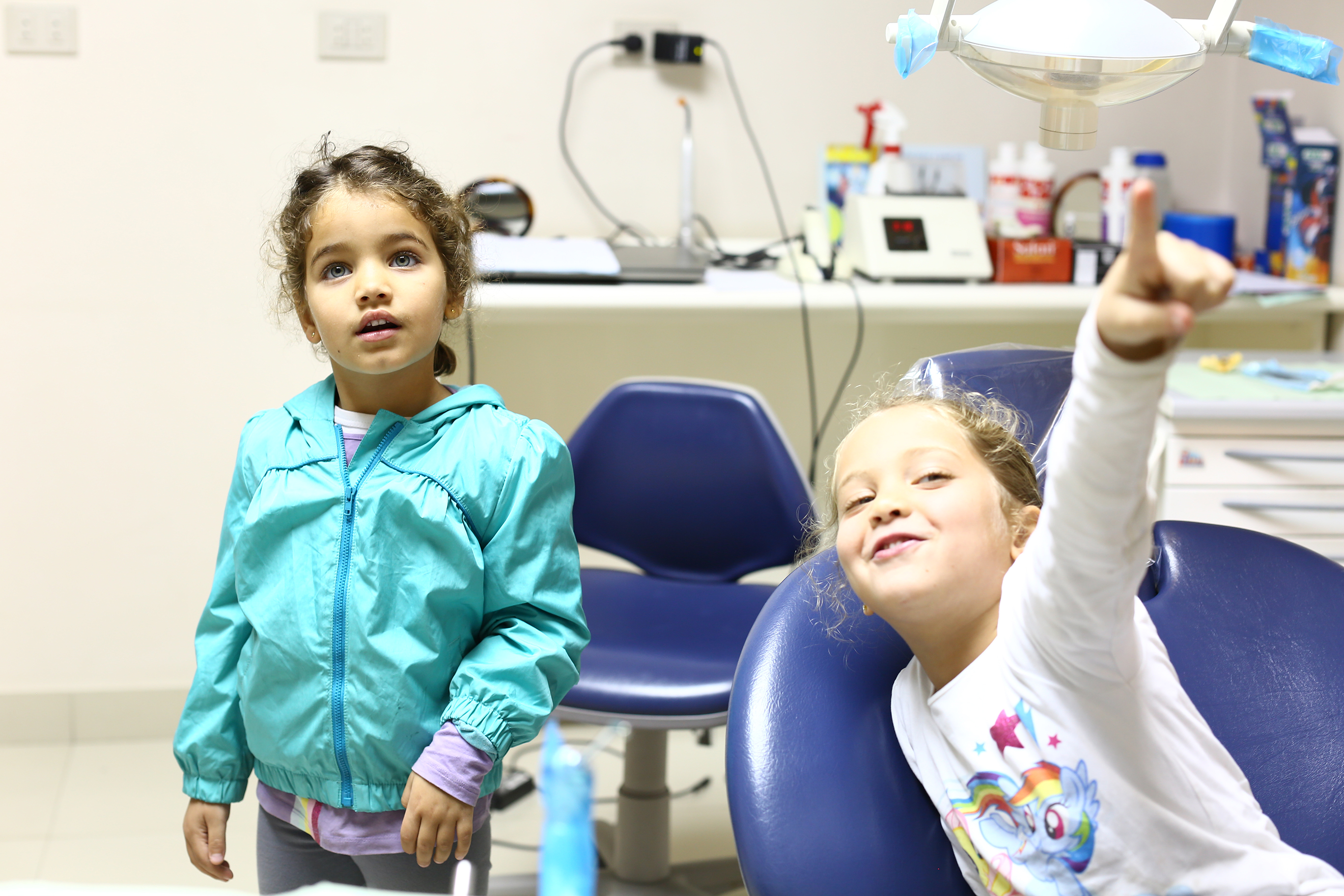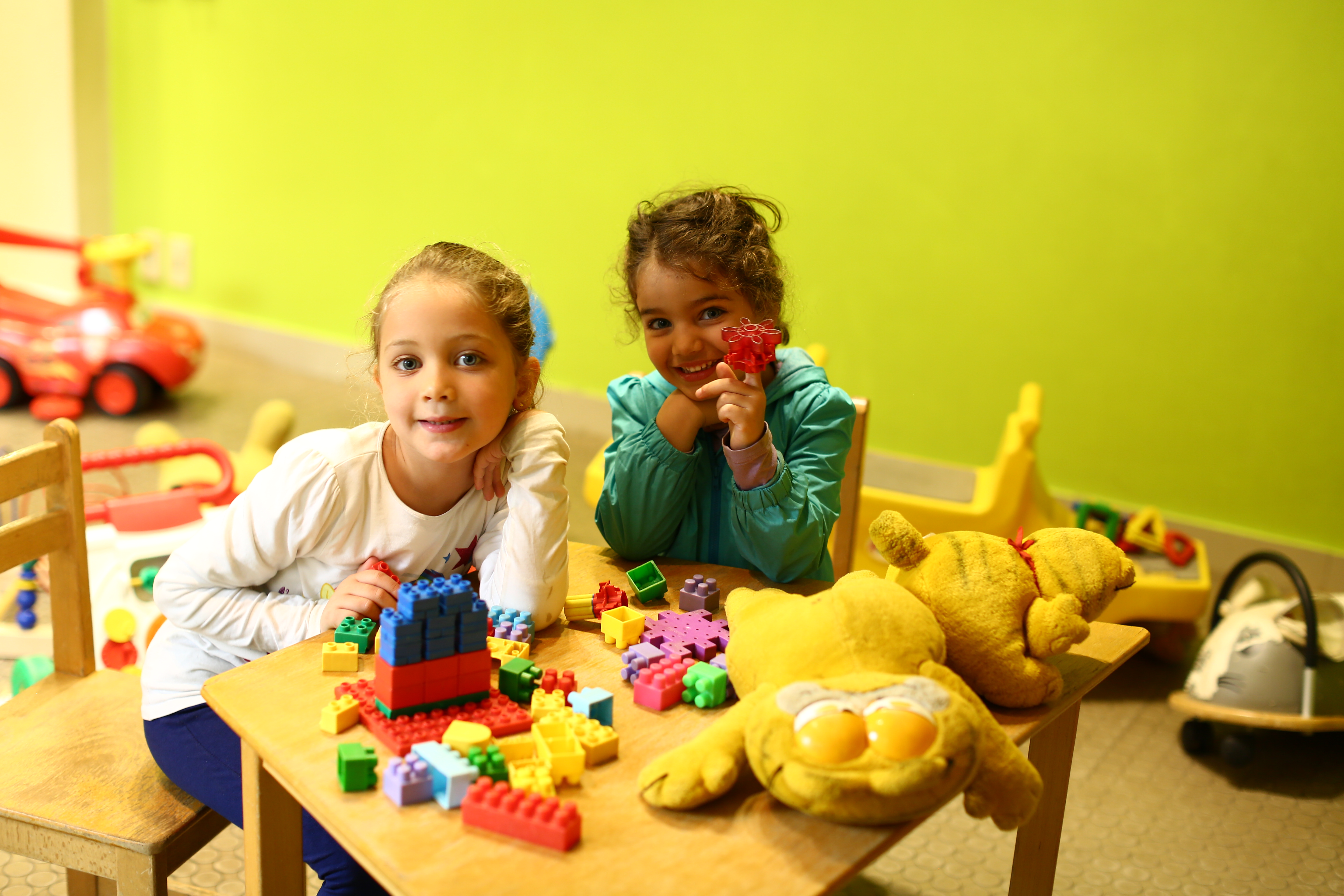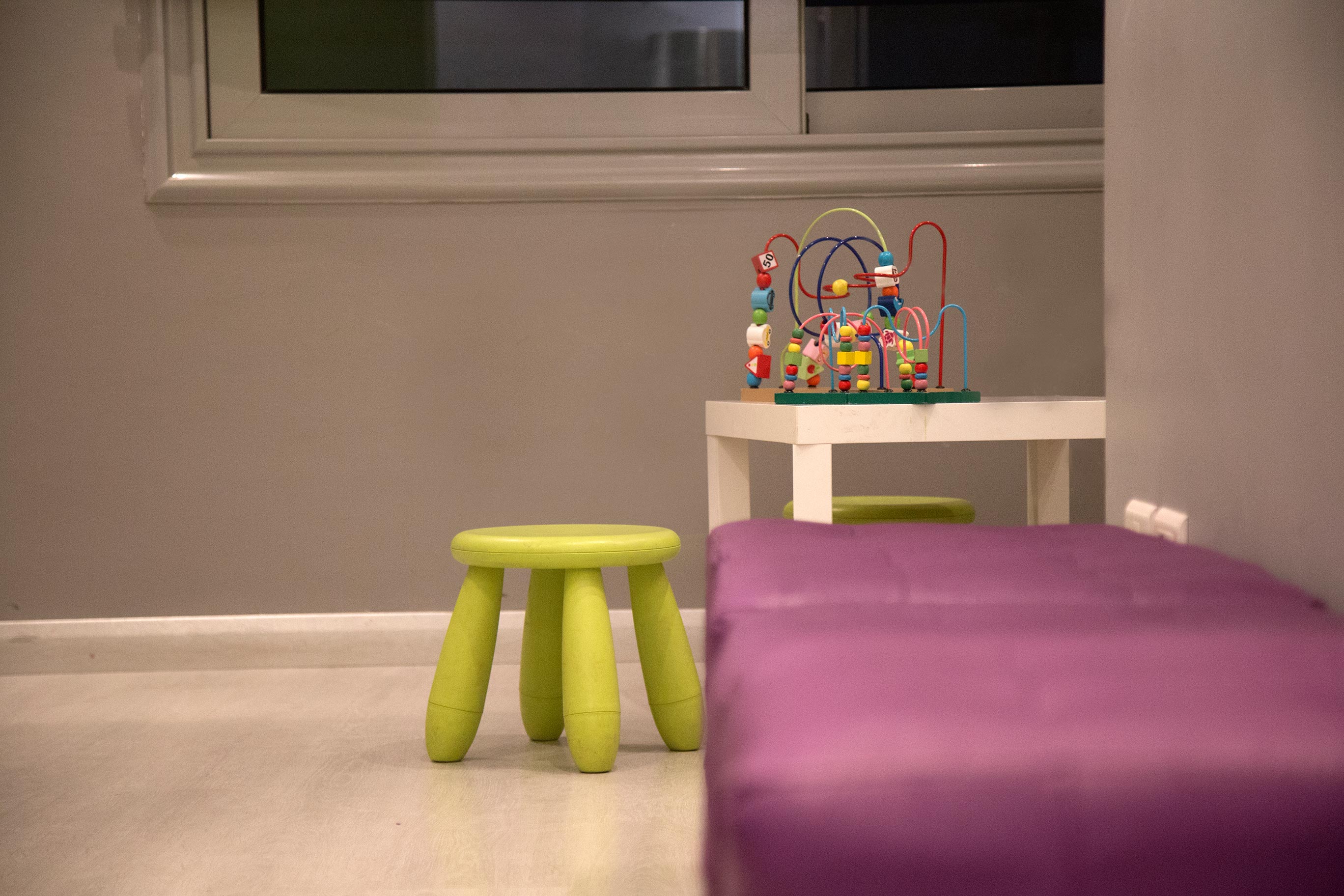Care after Extraction
- Your child has had 1 or more teeth “wiggled” out.
- The gauze needs to stay in place with biting pressure for 30 minutes. This will reduce the amount of bleeding.
- If needed, give your child the appropriate dose of children’s Panadol, Tylenol or Brufen when you take the gauze out (NO aspirin). Your child should only need this for approximately 12 to 24 hours. If pain persists beyond 48 hours, please call our office.
- Your child should eat only soft, bland food for the first couple days- nothing sharp, crunchy or too hot or cold because the area may be a sensitive. Encourage plenty of liquids (water, soups, juices, etc.). Let your child determine when a regular diet can be reintroduced.
- NO spitting or drinking through a straw or “sippy” cup. The force can start the bleeding again.
- A clean mouth heals faster. Gentle brushing around the extraction site can be started immediately.
- Activity may need to be limited. Sometimes a nap is a good idea.
- Swelling after an extraction is not uncommon and should not cause alarm. If this occurs, apply an ice pack for 15 minutes on and 15 minutes off as needed in the 24 hours following tooth removal.
Care after Local Anesthetic
- If the procedure was in the lower jaw-the tongue, teeth, lip and surrounding tissue will be numb or asleep. If the procedure was in the upper jaw-the teeth, lip and surrounding tissue will be numb or asleep.
- Your child’s cheek, lip and tongue will be numb for approximately 1-2 hours.
- Often, children do not understand the effects of local anesthesia, and may chew, scratch, suck, or play with the numb lip, tongue, or cheek. These actions can cause minor irritations or they can be serve enough to cause swelling and abrasions to the tissue.
- As this area “wakes up” it may feel funny. A self-inflicted bite injury is the most common post-op complication. Please keep eye on your child!
- It is often wise to keep your child on a liquid or soft diet until the anesthetic has worn off.
Discomfort after Cleaning
- A thorough cleaning unavoidably produces some bleeding and swelling and may cause some tenderness or discomfort. This is not due to a “rough cleaning”, but to tender and inflamed gums from insufficient oral hygiene. We recommend the following for 2-3 days after cleaning was performed:
1- A warm salt water rinse 2 – 3 times per day (1/2 teaspoon of salt in 1/2 cup of warm water).
2- For discomfort use Children’s Panadol, Tylenol , Advil, or Brufen as directed for the age of the child.
Care of Sealants
- By forming a thin covering over the pits and fissures, sealants keep out plaque and food, thus decreasing the risk of decay. Since, the covering is only over the biting surface of the tooth, areas on the side and between teeth cannot be coated with the sealant. Good oral hygiene and nutrition are still very important in preventing decay next to these sealants or in areas unable to be covered.Your child should refrain from eating ice or hard candy. This tends to fracture the sealant. Normal retention of a sealant is several years. Sealants that become displaced in the first twenty-four months will be replaced at no charge.Sealants can play an important role in the prevention of tooth decay. When properly applied and maintained, they can successfully protect the chewing surfaces of your child’s teeth. A total prevention program includes regular visits to the dentist, the use of fluoride, daily brushing and flossing, and limiting the number of times sugar-rich foods are eaten. If these measures are followed and sealants are used on the child’s teeth, the risk of decay can be reduced or may even be eliminated!
Care of Space Maintainers
Here at Little Teeth we have four rules for space maintainer care:
- Avoid sticky sweets or chewing gum,
- Don’t tug or push on the space maintainer with your fingers or tongue,
- Keep it clean with conscientious brushing, and
- Continue regular dental visits.




